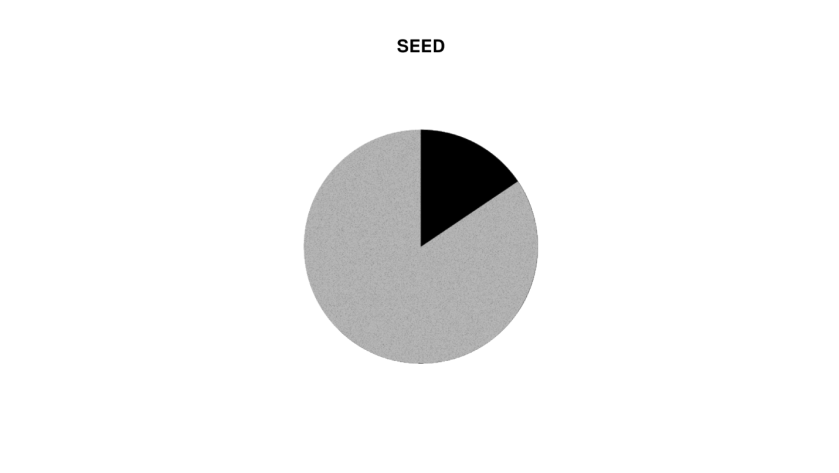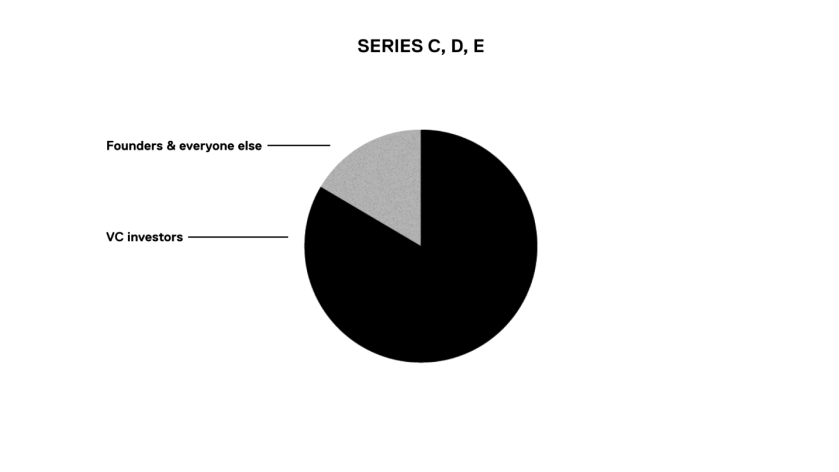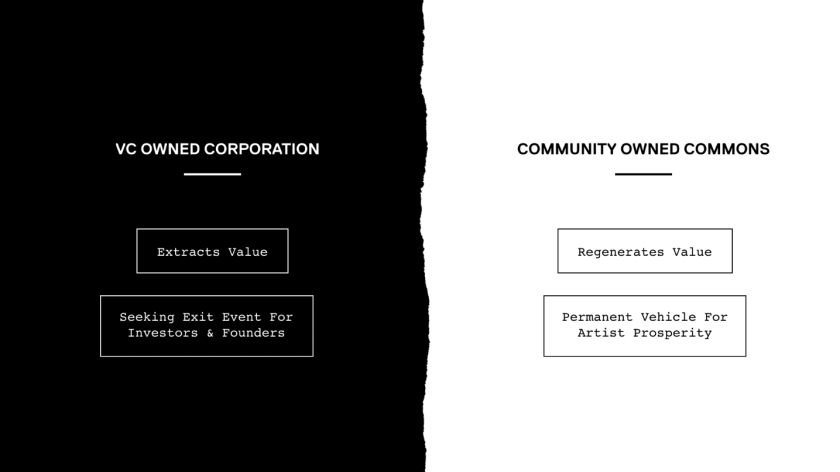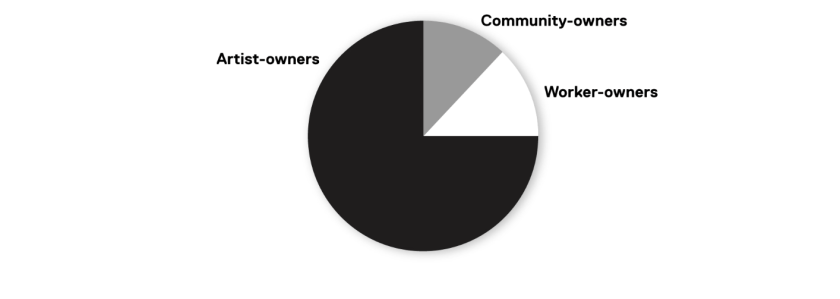by Austin Robey
Traditional startup roadmap
Investor ownership is the default for technology companies and startups. Typically, founders go from owning 100% of a company, to gradually selling more and more in sequential fundraising rounds. Often, investors will purchase 20-30% of a company in each round of funding. After several rounds of funding, investors are likely to own a vast majority of the business, many times over 80%.
It may look something like this.
Seed:

Company raises a seed round by offering investment notes that convert to 10-15% ownership of the company.
Series A:

Company raises 18 months of runway by selling another 20% of ownership to a collection of VC firms.
Series B:

Company repeats cycle.
Series C, D, E (and beyond):

An alternative: User-owned platforms
There is an alternative. It may not be customary in Silicon Valley, but it’s possible to have platforms owned 100% by their users. How?

1. Cooperative ownership:
-
Organization incorporated as a cooperative
-
Fully member-owned
-
Not created for an exit opportunity for investors
-
1 person 1 vote governance, not power weighted by stake
2. Labor organization:
-
Organization and product built by users
-
People contributing towards a shared vision
-
Reliance on production capital, rather than financial capital

Investor ownership vs. user ownership
Here are what these differences look like:
|
Investor Owned |
User Owned |
|
|
Value |
extracted from users |
captured by users |
|
Economic Rewards |
concentrated to few |
shared by many |
|
Motivation |
financial maximization |
service to members |
|
Revenue Model |
rent-seeking platform fee |
commons contribution |
|
Goal |
exit event (transactional value) |
sustainable independence (use case value) |
|
Decision Making |
autocratic |
democratic |
|
Mindset |
competition |
cooperation |
|
Culture |
individualism |
collectivism |
Would you rather be a user or an owner?
